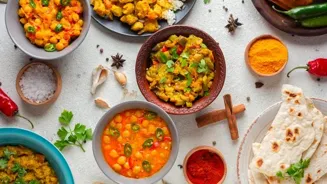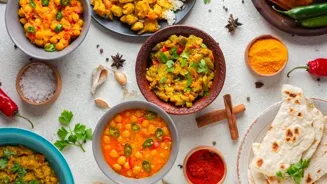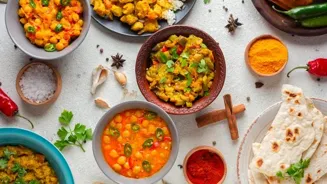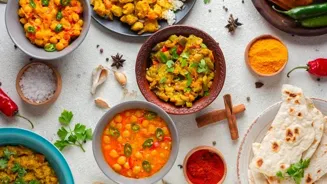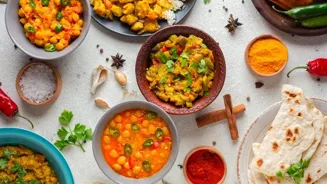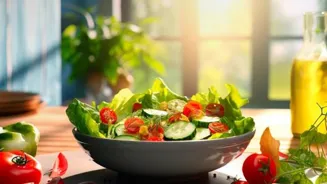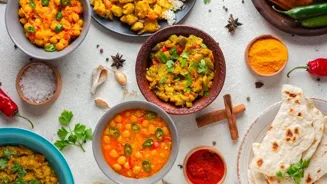Unlock the flavors of India with 10 essential herbs! Discover how these culinary gems enhance dishes
India, a land of vibrant culture and diverse traditions, is also a treasure trove of herbs that are not
just flavorful but also packed with health benefits.
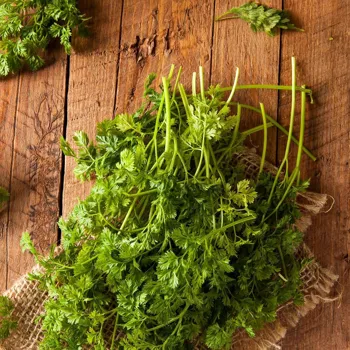
Indian cuisine is renowned worldwide for its complex flavors, and a significant contributor to this is the generous use of fresh and dried herbs. These herbs elevate the taste of simple dishes and offer medicinal properties, making them an integral part of Indian cooking and daily life. Let's explore ten essential Indian herbs and how they can enhance your culinary experience:
Coriander (Dhaniya)
Coriander, also known as cilantro, is one of the most widely used herbs in Indian cooking. Both the leaves and seeds are used extensively. The fresh leaves, with their distinctive citrusy and slightly peppery flavor, are used as a garnish for curries, dals, and salads.
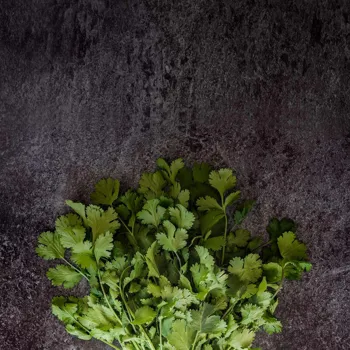
They add a refreshing touch and vibrant green color to the dishes. Coriander seeds, on the other hand, have a warm, nutty, and slightly spicy flavor. They are usually roasted and ground before being added to spice blends like garam masala or used as a tempering agent in various dishes.
They are helpful for digestion and also add a depth to the flavor profile.
Mint (Pudina)
Mint is another popular herb that is used in many Indian dishes. Its refreshing and cooling properties make it perfect for summer recipes. There are various types of mint available, but the most commonly used in India are spearmint and peppermint.
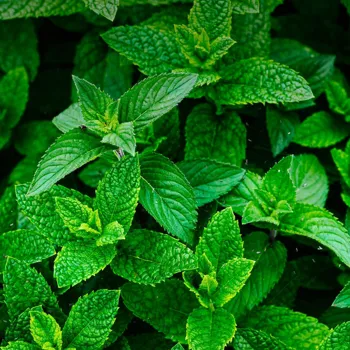
Mint leaves are added to chutneys, raitas, and biryanis, giving them a cooling and refreshing twist. It is well known for its digestive properties and can relieve indigestion and gas. Pudina is added in Jal Jeera drinks and is a summer cooler.
Add few leaves of Pudina in your tea to get relief from cough and cold.
Curry Leaves (Kadhi Patta)
Curry leaves are an essential ingredient in South Indian cuisine. They have a unique aroma and a slightly bitter, citrusy flavor that adds depth to dishes like sambar, rasam, and vegetable preparations. The aromatic herb plays a very important role in South Indian dishes.
When tempered in oil, they release their aroma and infuse the oil with their flavor. Curry leaves are also known for their medicinal properties, including improving digestion and hair growth. It is used in many hair oil preperations at home.
Curry leaves are also known to control sugar levels in body.
Fenugreek Leaves (Methi)
Fenugreek leaves, both fresh and dried, are commonly used in Indian cooking. Fresh methi leaves have a slightly bitter taste and are used in vegetable dishes, dals, and parathas. They are rich in iron and fiber and are known for their health benefits, including controlling blood sugar levels.
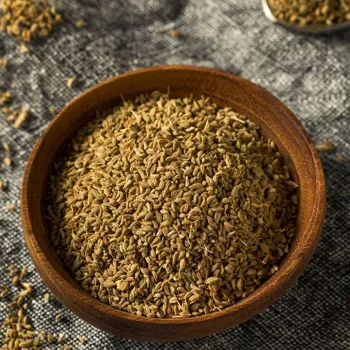
Dried fenugreek leaves, also known as kasuri methi, have a more intense flavor and aroma. They are often used as a garnish or added to curries and dals to enhance their flavor. Methi has many health benefits and is also used in face packs.
Turmeric Leaves (Haldi Patta)
Turmeric leaves, though not as commonly used as turmeric powder, have a distinct earthy and slightly peppery flavor that complements certain dishes. They are often used in South Indian and Southeast Asian cuisine to wrap and steam fish or other ingredients.
Turmeric leaves are also believed to have anti-inflammatory and antioxidant properties. Turmeric leaves are also used in many religious events in India and are considered an auspicious plant. Turmeric is known for its antiseptic and healing properties.
Ginger (Adrak)
While technically a rhizome, ginger is widely used as an herb in Indian cooking. It has a pungent and spicy flavor that adds warmth and depth to curries, soups, and teas. Ginger also is considered very good for digestion. It is used in tea for cough and cold.
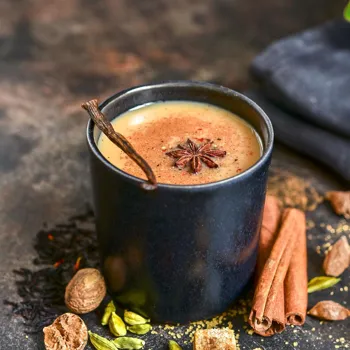
Ginger is also considered to be anti-inflammatory. Ginger is an integral part of Indian masala chai.
Garlic (Lahsun)
Similar to ginger, garlic is also technically a bulb but used as an herb in Indian cuisine. It has a strong and pungent flavor that enhances the taste of many dishes. Garlic is used in tempering agents for dals and vegetables. It is also beneficial for heart health.
Garlic and Ginger paste is most important base to most of the Indian dishes.
Green Chilies (Hari Mirch)
Green chilies are an essential ingredient in Indian cooking, adding heat and flavor to dishes. They are used in curries, dals, vegetables, and chutneys. The level of spiciness varies depending on the type of chili used.
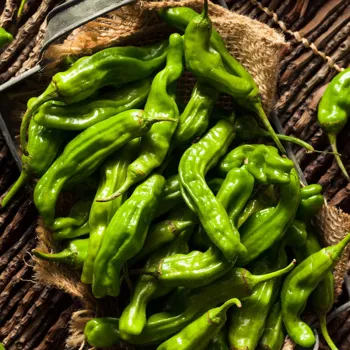
Green chilies are a good source of Vitamin C and antioxidants and also helps in cutting down fat.
Cumin (Jeera)
Cumin seeds are an essential spice in Indian cuisine, used whole or ground. They have a warm, earthy flavor that adds depth to curries, dals, and vegetables. Cumin is also known for its digestive properties. Cumin is used in almost all the Indian dishes and is very important part of tempering agent.
Mustard Leaves (Sarson ka Saag)
Mustard leaves are an important part of punjabi cuisine and are used in making 'Sarson ka Saag'. It's cooked with spinach and other green leafy vegetables and is a popular dish during winter season. It is rich in fiber and is considered to be good for health.
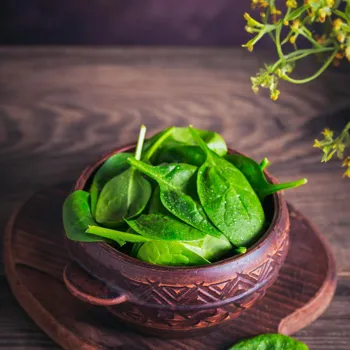
These leaves have a peppery flavor and it is important part of Indian cuisine.
Experiment with herbs for new flavors in Indian cooking
Experimenting with these herbs can help you discover new flavors and add depth to your favorite dishes. Whether you are a seasoned cook or just starting, incorporating these herbs into your cooking will surely elevate your culinary creations and give you a taste of authentic India.
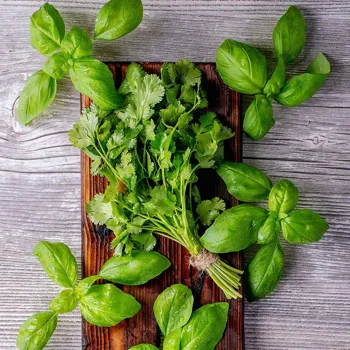
Remember to use fresh herbs whenever possible for the best flavor and aroma.
AI Generated Content. Glance/InMobi shall have no liability for the content